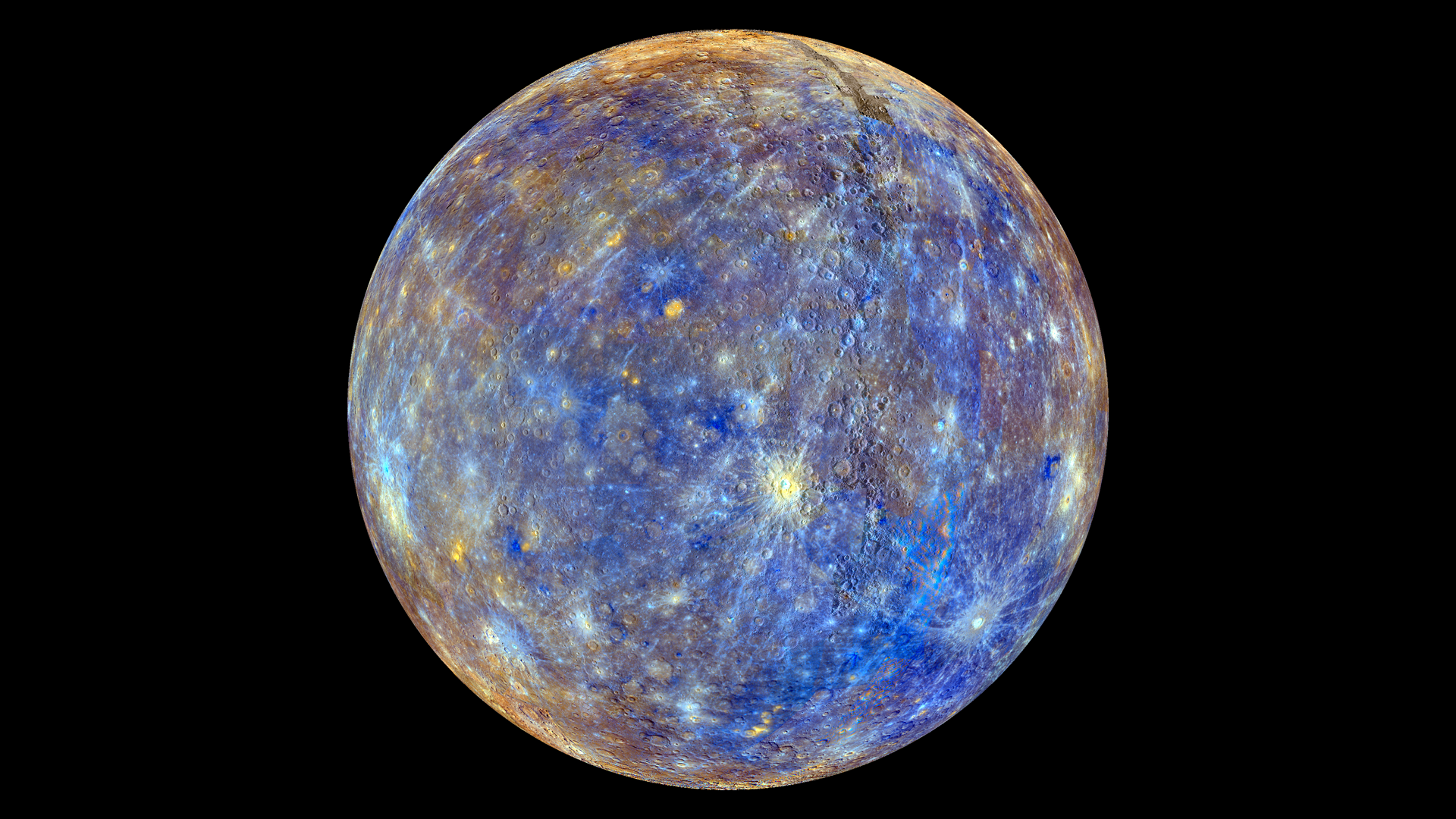
If you're into astrology, you might know that Mercury, the smallest planet in our solar system, is "in retrograde." Some people link this celestial event to weird goings-on here on Earth—whether its communication breakdowns, technological troubles or even presidential decision-making.
But what does Mercury retrograde actually mean?
A planet is in retrograde when it appears to change direction as it passes across our skies, NASA reports. Planets normally pass slowly from west to east, but every now and then their motion appears to snap back like an elastic band—east to west.
But retrograde planets aren't actually flipping direction—it's just an illusion created by our solar system's orbital gymnastics. The phenomenon happens when a speedier planet overtakes a slower one in their orbits around the sun, NASA explained. This makes it appear to change direction in the sky.
EarthSky suggests thinking of the planets as cars on a highway. As you overtake a slower car, it briefly appears to move backward from your viewpoint. As you pull in front of the car, it will look as if it's traveling forward again.
Mercury spins around the sun quite a bit faster than Earth. When its orbit takes it past our planet, it appears to change its direction of travel across the sky.
It's unclear how these astronomical motions are supposed to wreak emotional—and technological—havoc on Earth. As NASA explains on its Space Place website: "Astronomers and other scientists know that stars many light-years away have no effect on the ordinary activities of humans on Earth.
"Astrology is something else. It's not science. No one has shown that astrology can be used to predict the future or describe what people are like based only on their birth date."
But if you're not convinced, this handy website will tell you whether or not it's time to blame the ills of the world on the movement of Earth's smaller, speedier cousin.
Beyond the weird motion of Mercury, this week is particularly exciting for astronomers. Friday evening and Saturday morning—depending on where you live—will see the longest lunar eclipse of the century. At least some of the blood moon will be visible from Asia, Africa, Europe, South America, Oceania and Antarctica. Most North American skywatchers won't be able to see the blushing orb in actuality, but they can track the spectacle online. The U.S. will catch its next total lunar eclipse in January 2019.
Just in case a red moon isn't special enough, the red planet will sparkle much brighter than usual as it creeps toward our planet. Mars will make its closest approach to Earth since 2003 on July 31.
Uncommon Knowledge
Newsweek is committed to challenging conventional wisdom and finding connections in the search for common ground.
Newsweek is committed to challenging conventional wisdom and finding connections in the search for common ground.
About the writer
Katherine Hignett is a reporter based in London. She currently covers current affairs, health and science. Prior to joining Newsweek ... Read more
To read how Newsweek uses AI as a newsroom tool, Click here.








